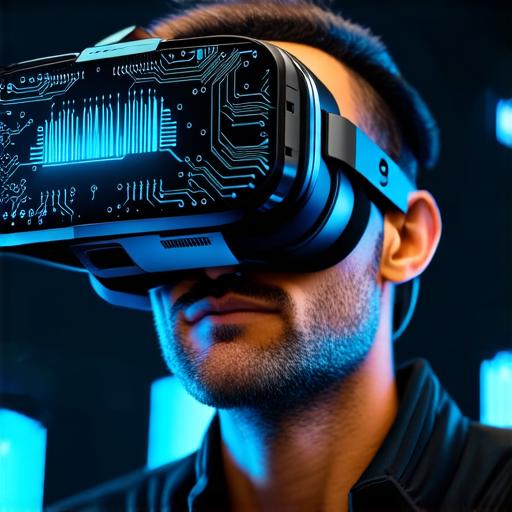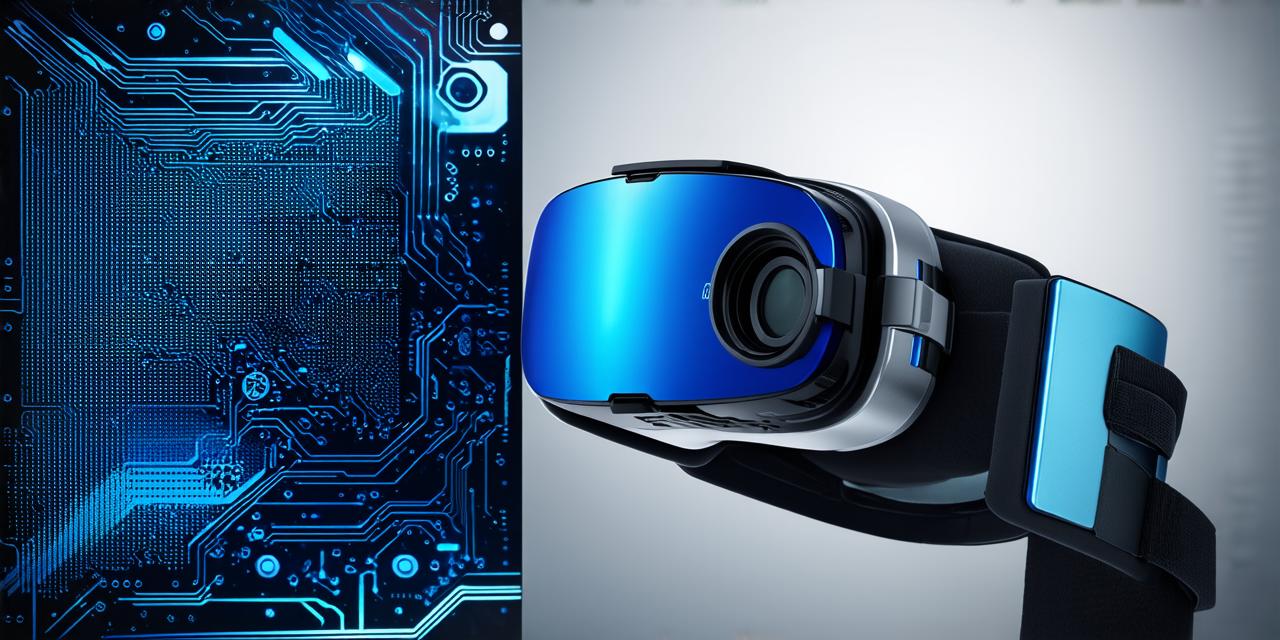Virtual reality (VR) is a revolutionary technology that has gained significant popularity in recent years. This immersive experience allows users to create and enter virtual environments where they can interact with simulated scenarios or completely fictional worlds.

The potential applications of VR technology are vast, and it has already been utilized effectively in various industries, including gaming, education, healthcare, and business.
One of the significant advantages of VR is its ability to provide an immersive experience that enhances learning and engagement. In the field of education, VR simulations allow students to explore historical events or scientific concepts in a way that traditional classroom teaching cannot achieve.
For example, students can take a virtual tour of ancient Egypt or simulate the effects of climate change on different regions around the world.
This technology has the potential to revolutionize how we learn and make information more accessible and engaging for students of all ages.
In healthcare, VR has been used to simulate surgical procedures and provide training for medical professionals. By allowing doctors and nurses to practice in a safe and controlled environment, VR can reduce the risk of errors and improve patient outcomes.
Additionally, VR therapy has shown promise in treating mental health conditions such as anxiety and depression, as it allows individuals to confront their fears and anxieties in a controlled setting. For example, patients can virtually face their phobias or practice relaxation techniques in a simulated environment.
The gaming industry has also embraced VR technology, with games such as Beat Saber and Half-Life: Alyx gaining critical acclaim for their immersive gameplay experiences. VR gaming offers an opportunity for players to feel more connected to the game world, leading to increased engagement and a sense of presence that traditional gaming cannot replicate.
With VR, players can physically interact with the game environment, making the experience more realistic and exciting.
In addition to these industries, VR has also been used in business for training simulations, product development, and marketing campaigns. Companies can use VR to simulate customer interactions or test product designs in virtual environments before launching them into the real world.
This technology can save businesses time and money by allowing them to make data-driven decisions based on real-life simulations. For example, a car manufacturer can use VR to test different design options for their next model and get feedback from potential customers without having to build physical prototypes.
Furthermore, VR has also been used for marketing campaigns, providing companies with a unique way to showcase their products or services. For example, IKEA’s virtual reality store allows customers to virtually place furniture in their homes before making a purchase, making it easier for them to visualize how the product will fit into their space.
This technology not only improves the customer experience but also reduces the number of returns and exchanges.
Despite its numerous benefits, VR technology is not without its challenges. One of the biggest barriers to entry is the high cost of equipment and software. However, as VR technology continues to advance and become more accessible, we can expect prices to decrease over time.
Additionally, there are concerns about motion sickness and eye strain when using VR, which can affect user experience. Some individuals may also have a fear of heights or claustrophobia, which can make VR environments uncomfortable or even trigger panic attacks.
In conclusion, virtual reality technology has already demonstrated its potential to revolutionize various industries, including gaming, education, healthcare, and business. As the technology continues to advance and become more accessible, we can expect even more creative applications and use cases to emerge. However, it is important for companies and individuals to be aware of the challenges associated with VR technology and take steps to mitigate any potential negative effects on users.
For example, companies can provide adequate training and support for employees using VR technology, and individuals can use relaxation techniques or seek professional help if they experience adverse reactions to VR environments. Overall, VR technology has the potential to transform the way we interact with the world around us, and its applications are only limited by our imagination.
